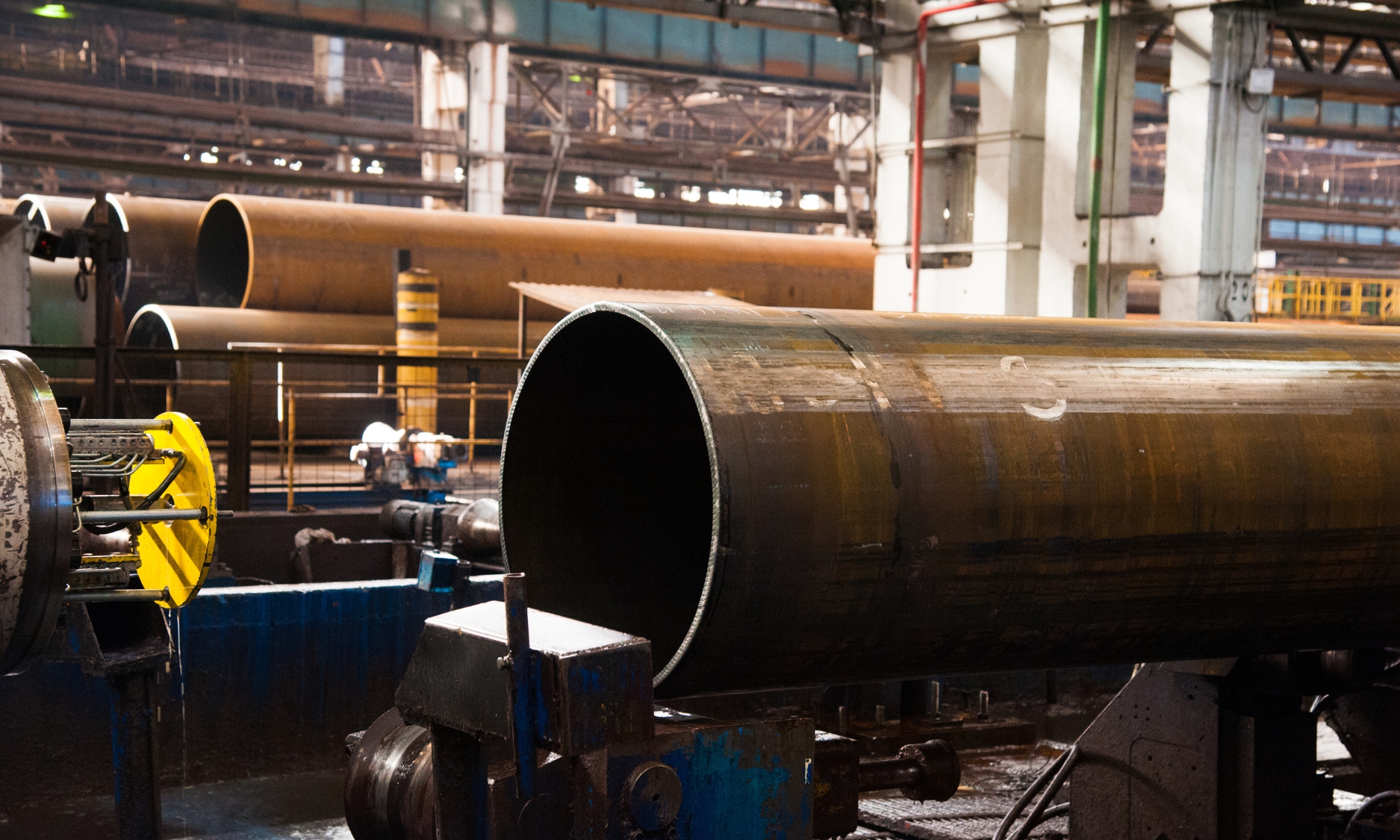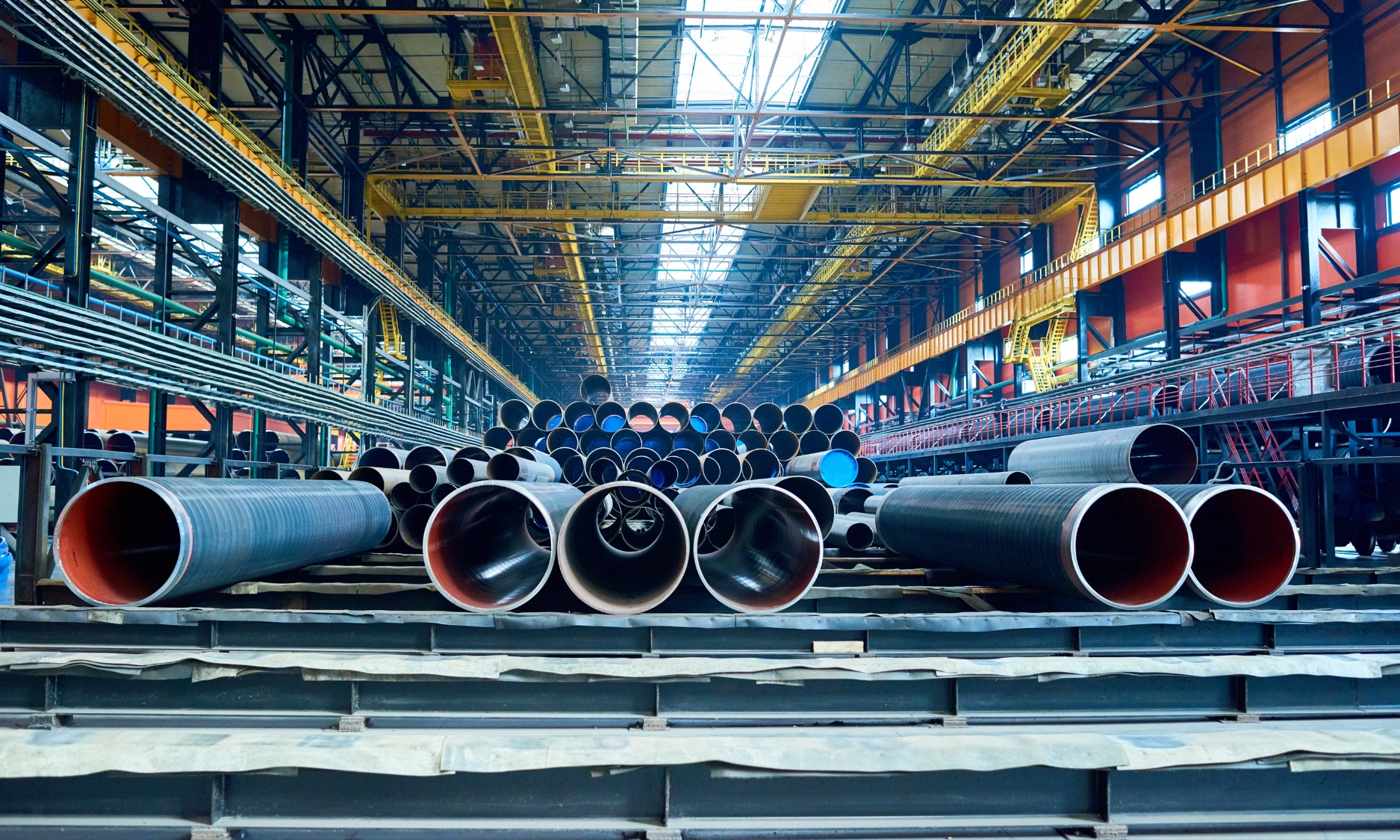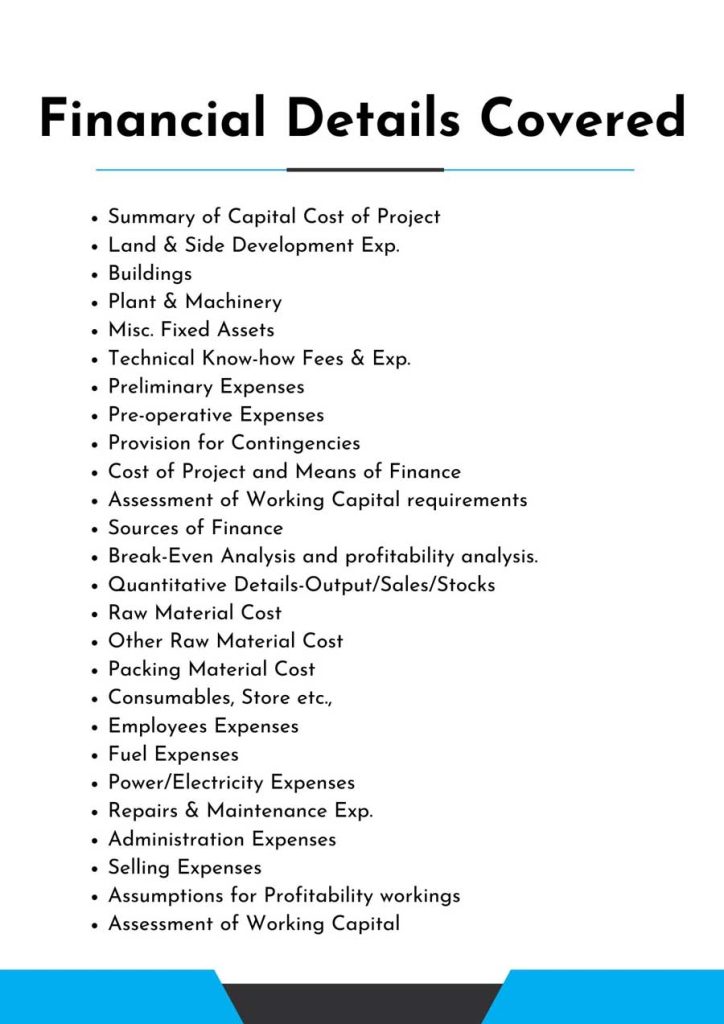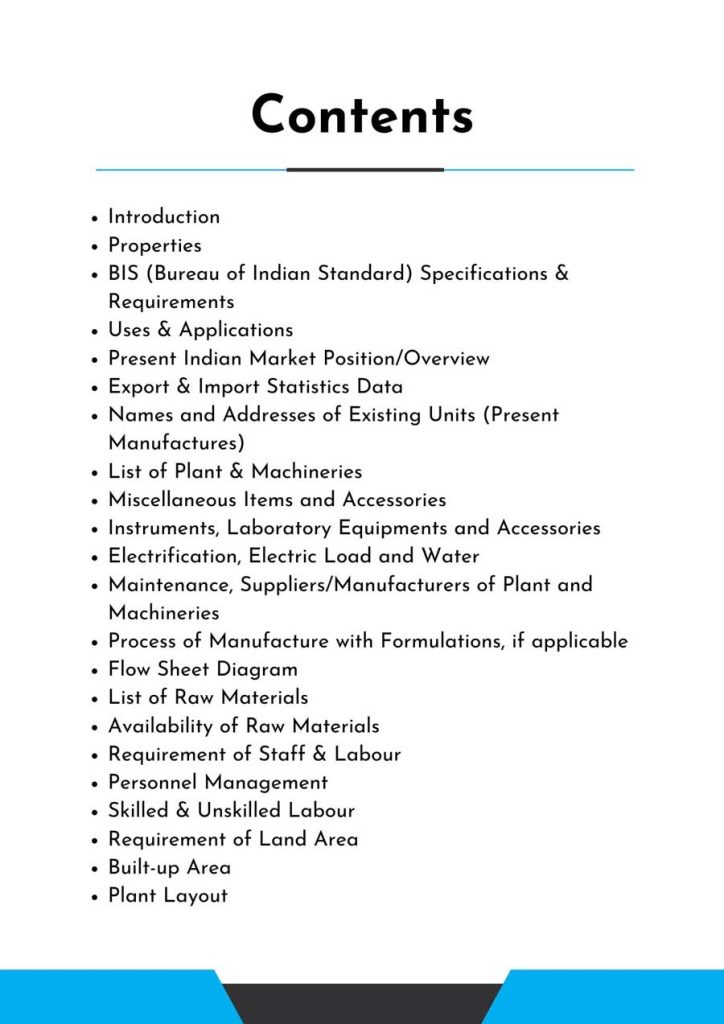Feasibility Report on Tube Manufacturing
Tube manufacturing is the process of producing cylindrical hollow structures, typically made of metal or plastic, through various methods such as extrusion, welding, or seamless tube production, for use in industries like construction, automotive, and plumbing.
Introduction
Project Report For Tube Manufacturing.
Tube manufacture is an important industrial process that involves the creation of cylindrical structures utilized in a variety of industries. These tubes are used in industries such as construction, automotive, aerospace, energy, and manufacturing. Tubes are made from a variety of materials, including metals, polymers, and composites, each designed to satisfy specific requirements. The fabrication of tubes begins with the selection of appropriate raw materials based on variables such as strength, durability, corrosion resistance, and required features. After the materials are chosen, they are formed into a tube-like shape using various shaping techniques like as extrusion, rolling, or casting. The process used is determined by the material as well as the required dimensions and attributes of the finished product.


After shape, the tubes go through additional processing stages to enhance their qualities. These phases could involve heat treatment, cold working, or surface finishing techniques including polishing, coating, or painting. These treatments increase the mechanical strength, surface quality, and overall performance of the tubes. Quality control is an important part of tube production since it ensures that the finished products satisfy the specified requirements and standards.
Dimensional inspections, non-destructive testing, and material analysis are used to ensure the integrity and quality of the tubes. Tubes are widely used in a variety of sectors. They are utilized in construction for structural support, plumbing, and HVAC systems. Tubes are used in the automobile and aerospace industries for fuel and exhaust systems, hydraulic and pneumatic lines, and structural components. Tubes are used in the energy industries for oil and gas transportation, power generation, and renewable energy applications.
Feasibility Report Sample On Tube Manufacturing



Market Strategy Of Tube Foundry
A CAGR of 6.2% is expected to occur between 2020 and 2027 for the market for steel pipes and tubes, which was valued at USD 142.4 billion in 2019.
Rising demand for industrial tubes is a major element boosting market revenue growth across a number of end-use industries, including oil and gas (O&G), construction, and automotive. As the need for environmentally friendly and energy-efficient industrial tubes grows, manufacturers are concentrating on developing innovative and cutting-edge goods.
The seamless tubes market segment is expected to dominate the global market for industrial tubes. These tubes are widely used in a range of industries, including oil and gas, petrochemicals, and chemicals, due to their ability to withstand high pressure and extreme temperatures. The seamless tubes are also extremely sturdy and long-lasting, making them ideal for use in high-stress applications. The growing demand for energy-efficient solutions, as well as increased investment in the oil, gas, and petrochemical industries, can be linked to the market expansion of seamless tubes. It is expected that the development of new oil and gas fields, as well as the increased usage of unconventional energy sources, will enhance demand for seamless tubes over the forecast period.



